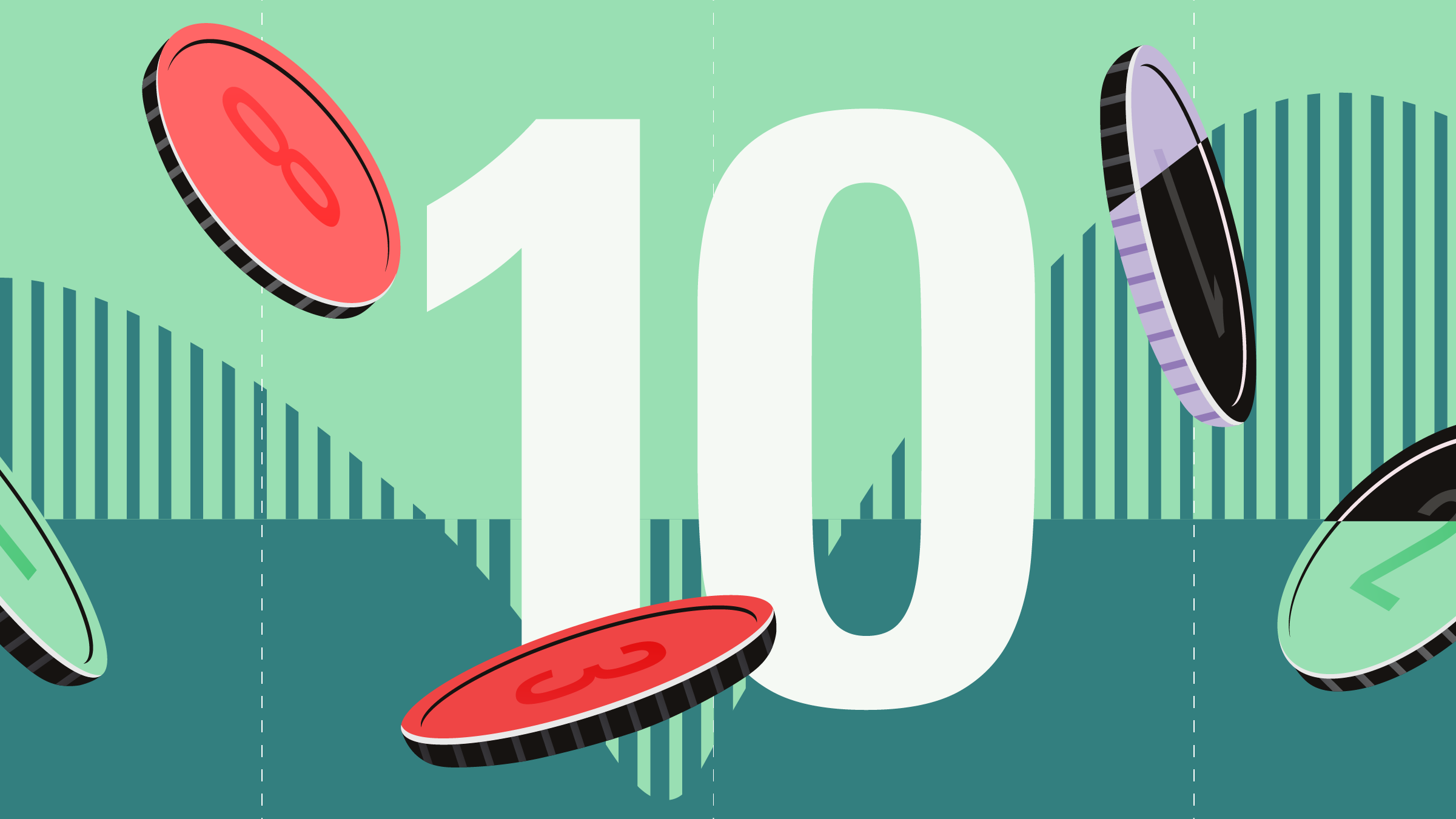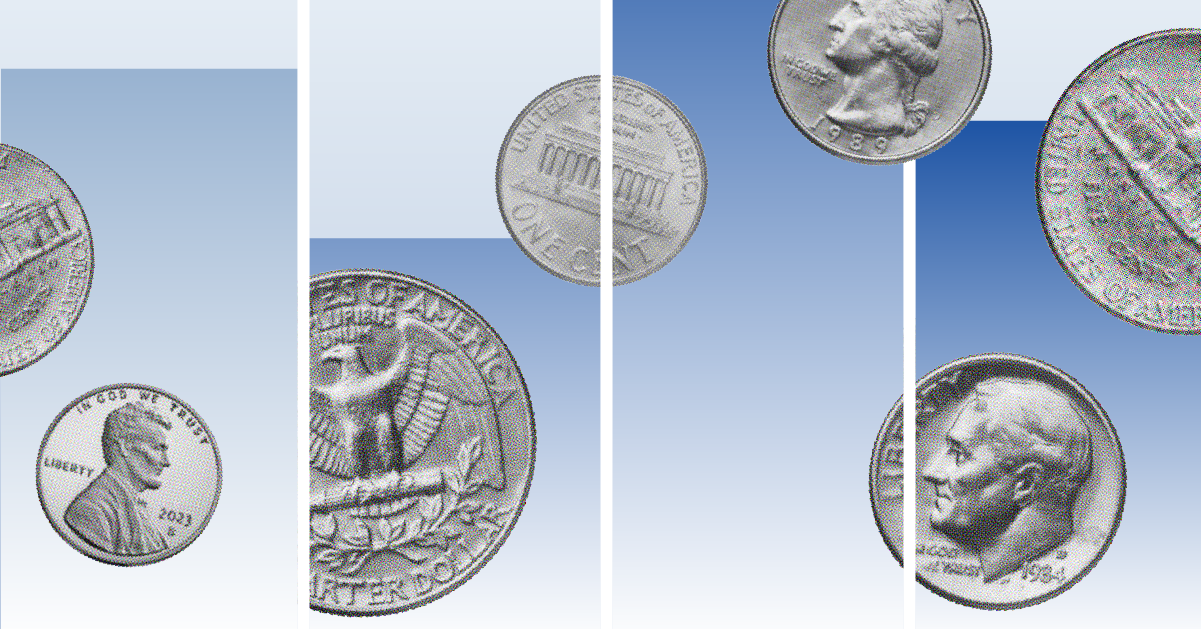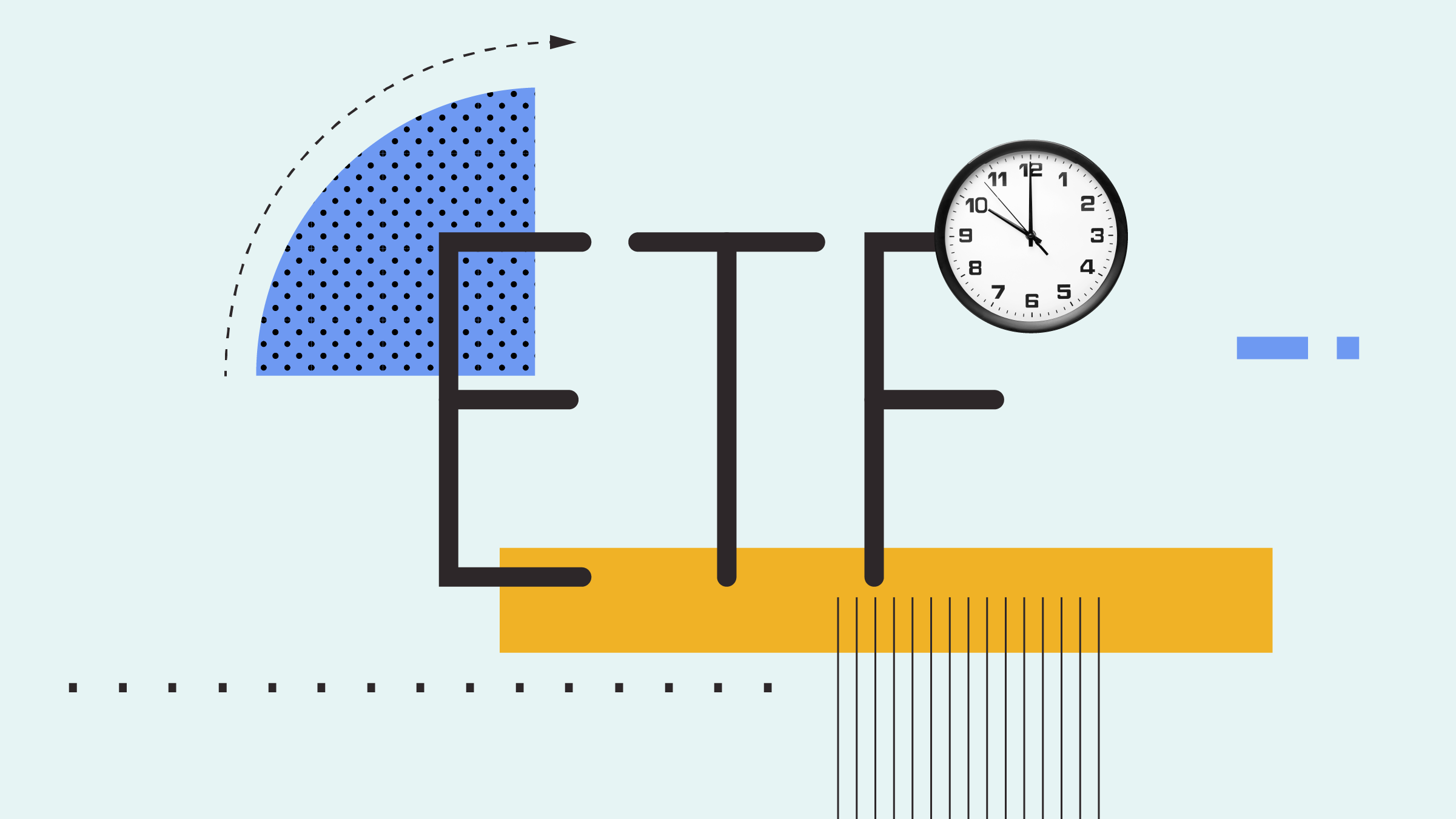Huolimatta ennätysalhaisista ohjauskoroista Yhdysvaltojen kuluttajahintojen muutos oli negatiivinen eli maassa oli vallalla deflaatio inflaation sijaan. Energian hinnan lasku vaikutti muutokseen, eikä muutoksen pysyvyydestä ole takeita, joten suuri deflaation vaara ei välttämättä Yhdysvalloissa ole. Morningstarin pääekonomisti Bob Johnson muistuttaa kuitenkin, että deflaatio on hyvin vaikea kääntää hintojen nousuksi jos se saa vallan.
Jason Stipp: I'm Jason Stipp for Morningstar. We got the government's inflation report for the month of October, and it showed mild deflation for the month-over-month reading and also a very mild 1% inflation year-over-year.
Here to talk about the report and what it means for the economy is Bob Johnson, our director of economic analysis.
Bob, thanks for joining me.
Bob Johnson: Great to be here today.
Stipp: The October inflation report did show actually month-to-month deflation, and it showed very mild year-over-year inflation. What's your take on the top line of that report?
Johnson: I think it's very good news for the consumer, because obviously, low inflation means that every dollar of wages they get will go a lot further than it did before. So, the headline number is, at least in the short run, very good news for the consumer.
Stipp: What were some of the underlying drivers? What kept the inflation rate so low and actually gave us lower prices month-over-month?
Johnson: There were a lot of very interesting things in there. Energy was again the big driver, and even there it was primarily gasoline that drove it down. That always has a pretty strong effect, because it is a decent weight in [the calculation], and it is quite a volatile number.
But there were other [categories] that did quite well also--or badly, however you want to think about it. Apparel prices were down. … New auto prices were relatively stable. Almost every category was only up about 0.1%. Sometimes [one category] is down 2% or 3% and something [else] is up 2% or 3%. But the banding has gotten more and more narrow lately, and there really aren't too many outliers in either direction.
We had a couple [of categories] on the upside. One of them was airline ticket prices. They absolutely went through the roof last month, but it's not a big enough component that it really drove much [overall inflation].
And it's hard to talk about it being high anymore, but medical commodities--namely drugs--were up about 0.3% for the month. That's not a big number at all compared to some of the increases we're used to seeing in drugs. But in this month's array of prices, it was one of the bigger items in terms of the upside.
Stipp: Do you think the milder inflation that we're seeing on medical costs could be something that's here to stay, or is it too early to say?
Johnson: It's a tad early to tell. But it's a really, really big deal. Year-over-year drugs are up about 0.5%. [That's] full year, not divided out by months!
And even medical services, which is your doctor bills and your hospital bills, that number is only up 2.9% year-over-year. So, you put those together, and clearly it's something under 3%, and the average over the last few years--and the numbers that are used in all the terrible forecasts for what's going to happen to Medicare and Medicaid--are based on 5.5% price increases. So, we're clearly running way below that.
I don't think we're going to have drug inflation quite the way we did when we had half of the population going on Lipitor, and one company had the patent on it. I think that we're never going to get in that kind of environment again, unless we get some other kind of blockbuster, take-a-pill to solve cancer [situation]. So, I really am not anticipating a huge drug price runup like we saw before.
The services category is a little bit harder to tell, but I get the feeling the Affordable Care Act--and people being more cautious about medical expenses now that deductibles are so much higher--may keep a lid on that. I doubt that we'll see the 5.5% [medical cost inflation]; whether we will stay here at 3%, I kind of doubt that, too.
Stipp: That will be certainly an interesting one to keep a close eye on.
When you're looking forward, given that we have seen this very mild year-over-year inflation, do you expect that to continue? What are the leading indicators about inflation suggesting about where prices will go in the future?
Johnson: What drives the inflation numbers more than anything else is gasoline, natural gas, and food. A lot of the other categories just sit there. As I look ahead, I think some of the energy prices, maybe the normal winter slowdown came a little sooner this year, so I tend to think energy prices might come back up a little bit. I think we're probably doing unusually well here right now. So, I think that's going to come up.
I think drug prices will be just a little bit higher than they were. I think we got a spell where Lipitor came off patent and that really drove the numbers through the floor. Now maybe we're at a more normalized level.
Those things, I think will keep us from getting to a deflation type of situation.
On the other hand, I think food prices are probably due to fall a little bit. Last year's crop failures--and the prior year's for that matter, too--have kept food prices elevated. Now, we've seen the raw grain prices come way down: Corn, wheat, soybeans are all near record lows. But it takes a while for that to get through the food chain, if you will, literally. People have to restock their herds, they have to feed the animal for at least a few months or years to get them up to weight, and then they hit the market. So, it's going to be a while before we see the benefits of some of that. But food prices have probably seen their peak, and we're going to be on our way back down here shortly.
[Overall] I think [inflation] is going to go up a little bit from here, and not fall back under zero. And plus, we haven't seen the effect yet … as I go around and talk to consumers and businesses, nobody is saying, I'm going to wait to buy my car--it's going to be cheaper next year--or I'm waiting to buy this until next year, when it's going to be cheaper. I am not hearing that at all.
Stipp: Some of the effects of a deflationary environment, like you're saying, you don't see them coming into play just yet.
Let's talk a little bit about deflation, though, because this can be a big concern. We just talked about how inflation has been mild, and that can be a good thing for consumers, because it can stimulate demand. You've talked about before, if prices come down, that can get you out of a downturn because people who do have jobs, do have money, can go out and buy things …
Johnson: … at a bargain price.
Stipp: Right. So it can be good, but it can go too far. Deflation can also have a negative side. So, talk me through some of the real concerns about deflation. Even though you don't necessarily expect it, why do we really want to avoid it?
Johnson: We want to avoid it primarily so we don't get into a situation where everybody expects lower and lower prices, [and] holds off buying, and then … businesses don't manufacture, they don't hire people, they don't buy raw materials, they don't invest in plant and equipment, and all of a sudden you get in a downward cycle that offsets the lower prices.
Probably the biggest [concern] where you can get in trouble with [deflation] is when you take on debt, a mortgage. You are doing that because you think prices are probably going to increase, and you will do better than whatever the rate is on your debt.
Well, if you are in a deflation environment, you are automatically behind the eight ball, because you've got a positive rate of interest on your mortgage and now your asset price is going down, and you very well may default on your loan on that asset. That's what we got into with the housing situation in 2008 that was so bad--because the prices went down, people stopped paying their mortgage, they defaulted. They defaulted, and they couldn't get credit, they couldn't go out and buy stuff, and things got very bad.
Stipp: Companies, you mentioned, also may choose not to invest in such an environment?
Johnson: Absolutely. If you think, at these kind of prices I can't make money, and I've got to be really carefully with my pennies, the last thing I am going to do is expand or try to do something new, so that can also have an effect. But that also takes a while to set in.
Stipp: And that can flow through to the wage environment or the wages that I get as a worker?
Johnson: That's an interesting one, because what can happen in the wage situation is that usually either because of law or just because of habit or whatever, it's seldom that people get wage [decreases]. We say wages are sticky on the way down. And so wages are going to typically stay higher, and prices on most things are going to come down, and that's where you usually get some of the benefit.
But there is a bad side to that good news. What happens is, because labor is relatively expensive, businesses are going to substitute machines or substitute something else instead of hiring more workers. So, unfortunately as you see this deflationary situation and wages being sticky, you tend to see the unemployment rate high.
Stipp: Your last point about deflation is that it's very difficult to reverse once it gets going.
Johnson: Yes. It's very difficult to reverse, just from a psychological consumer standpoint, but there is also a practical standpoint from the Federal Reserve.
I say this a little bit tongue-in-cheek, but inflation is fairly easy to control. You raise interest rates as your first line of attack, and then you keep raising interest rates. And if that doesn't stop it, you put direct credit restrictions on, you raise margin requirements. If that doesn't work, you put on some import controls.
There is a whole list of things that are known to very easily stop inflation. It's painful, it's politically painful, and it's not often done. Volcker did it in the 1980s when we got to 15% inflation, and he used a combination of all of those.
But when you get deflation, you've got what we call the zero bound; you can reduce interest rates to zero, but if somebody takes out a mortgage, [you can't say], oh, we'll send you $1,000 every month. That's just not going to happen. And so that makes it very hard to deal with [deflation] on a monetary policy basis. We're trying hard right now with QE, but it's hard to pull the rates down further than zero.
Stipp: If you expect in some cases mild inflation--you don't think we're going to have deflation--what exactly are you targeting for the inflation rate? And do you think that's a healthy range for the economy at this point?
Johnson: I think a number between 1% and 2% is probably a good number. You get any lower than that, and you could accidentally just have one month of bad data, and you spill into deflation and [that can] really give people a little bit of a jolt. I don't think we're in a big problem yet on that number.
At zero, you're too close. Because once you start wandering on the wrong side of the line, it's very hard to reverse. So, you really want to stay just a little bit above, and if [inflation] gets a little bit out of control, you can slam on the brakes very, very easily. But once you get below zero [year-over-year inflation], there isn't a heck of a lot you can do.
Stipp: Bob, some very interesting implications and dimensions to inflation, and obviously, important impacts on the economy. Thanks for joining me and for your insights today.
Johnson: Thank you.
Stipp: For Morningstar, I'm Jason Stipp. Thanks for watching.



















